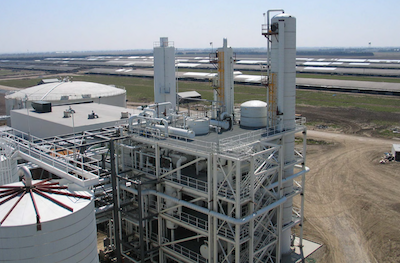Project Economics 101
The three major market risk factors for an ethanol bio-refinery are:
-
prices received for the ethanol;
-
price received for the Prairie Gold HyProtein Meal™ versus cost of the feedstock(s); and
- cost of operations, energy, and feedstock
The difference between the output revenues (1 and 2) and the input costs (3) is generally referred to as the Crush Spread. There are other products and services the ethanol plant uses (water, electricity, chemicals, enzymes, labor, etc.) or produces (carbon dioxide), however, these products and services have relatively low risk impacts on profitability either due to the low price volatility exhibited in the past or the relatively small quantity or value used or produced.
The other factors affecting ethanol economics include:
-
capital cost of the plant and interest rates;
-
supply versus demand for ethanol;
-
spread between ethanol and gas prices in the discretionary market; and
- selling price of Prairie Gold HyProtein Meal™versus benchmark competing products - corn DDGS, canola meal, and US soybean meal.
Profitability is a function of all these factors, especially the price of ethanol. If the price of ethanol should fall, then the most competitive plants will be those with access to the lowest cost of grain, those that can obtain the highest price for their by-products, and those that have means of lowering or controlling their energy cost.

